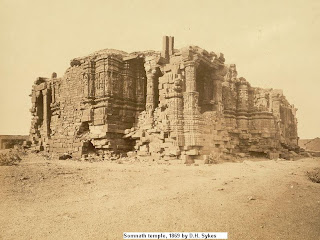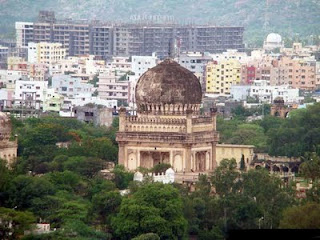History of West Bengal

There is a divergence of views on how the word Bangla or Bengal came into being. The area that constitutes the present day West Bengal was ruled by various kingdoms in ancient times. West Bengal was part of the Mauryan Empire (BC 321-185), the first and one of the greatest empires to be established in Indian history. The earliest reference to Bengal in foreign accounts has been found in those of the Greeks dating back to the first century BC. According to Mahavamsa, the Sri Lankan Buddhist Chronicle, Vijaya Singha, an obscure Vanga prince, conquered Sri Lanka in 544 BC. After the fall of the Mauryan Empire, the territory of West Bengal came under the control of smaller kingdoms. After an interregnum it once again became part of the great Gupta rule, known as the classical age in Indian history. After the fall of the Gupta empire, several local rulers asserted their independence. Chief among them were Dharmaditya, Gopachandra, and Samacharadeva. The first independent king of substance i


